And Surrounding Areas
How to Prepare for Your Septic Inspection
When it comes to maintaining the health of your home, ensuring that your septic system operates efficiently is crucial. Regular septic inspections are not only a smart practice but also often a requirement to prevent costly repairs and ensure environmental safety. Preparing adequately for your septic inspection can streamline the process and pave the way for a clean bill of health. In this guide, we'll walk you through vital steps to prepare for your next septic inspection and provide peace of mind knowing your system is in peak condition.
Understand the Basics of Your Septic System
The first step in preparing for a septic inspection is gaining a basic understanding of how your septic system works. Knowing the location of your septic tank, its capacity, age, and previous maintenance history can give you insight into potential problem areas. Equipping yourself with this knowledge allows for a more efficient inspection process and helps you communicate any concerns or questions with the inspector effectively. Additionally, it's wise to familiarize yourself with the components of your system, including the drain field, pipes, and any additional components like pumps or alarms. This will not only help you understand how everything operates but also make it easier to spot signs of potential failure. A well-maintained septic system is more likely to pass inspection, so understanding its inner workings and keeping up with routine maintenance can prevent future headaches.
Clear Access to the Septic Tank
For a smooth and thorough inspection, ensuring clear and unobstructed access to your septic tank is essential. Trim or remove any plants and debris around the area and unlock any gates or barriers if your tank is enclosed. This preparation step not only saves time but also helps inspectors conduct their work without unnecessary delays or hindrances. Inspectors may need to open the tank lid or access certain areas around the system, so a clear pathway ensures they can do their job without any disruptions. It’s important to remember that, in some cases, if access is blocked or if the tank is difficult to locate, the inspection may be delayed or rescheduled. Additionally, ensuring the area is safe and free from any potential hazards, like loose branches or debris, can protect both you and the inspector from injury.
Limit Water Usage Before the Inspection
In the days leading up to your septic inspection, reduce excess water usage within your home. This includes limiting laundry loads, dishwashing sessions, and excessive toilet flushing. By doing so, you ensure that the inspection accurately reflects the normal operational state of your septic system, making it easier to identify any hidden issues. Overuse of water can overload the septic system, potentially masking small problems or creating additional strain during the inspection process.
Take Note of Any Unusual Signs
Make it a point to observe and note any concerning signs from your septic system before the inspection. Common red flags include slow drains, unusual odors, or wet spots in the yard that could indicate a failing septic system. Being well-informed about these symptoms can facilitate more targeted and effective inspections, as well as better guide the recommendations provided by your inspector. It's also a good idea to check your plumbing fixtures, such as sinks, bathtubs, and toilets, for any signs of blockage or malfunction that may not immediately be obvious.
Plan for Contingencies and Replacements
During an inspection, be prepared for the possibility of discovering that your septic system needs repairs or replacement. According to Gitnux, each year, more than 120,000 septic systems are replaced. This statistic underscores the importance of staying proactive and maintaining an emergency fund or savings for such situations. Having well-planned contingencies can save you from stress and allow you to handle any unexpected findings more smoothly. Keep in mind that septic repairs can sometimes be costly, so having a financial cushion in place is always a good idea. Additionally, if your septic system is nearing the end of its useful life, it may be time to start considering replacement options and budgeting for that expense. It’s better to be prepared for potential issues than to be caught off guard when something goes wrong.
Preparation is key when it comes to having a successful septic inspection. By familiarizing yourself with your system, ensuring access, minimizing water usage, noticing unusual signs, and planning for potential outcomes, you are equipping yourself with the tools needed to ensure the effectiveness and reliability of your septic system. Not only does this ensure regulatory compliance, but it also protects your home investment and the environment. Remember, regular inspections and proper maintenance are the foundation of a robust and lasting septic system. By staying informed and proactive, you can extend the life of your septic system and avoid costly repairs down the road. Keeping track of your system’s performance and addressing issues promptly will help you maintain a healthy, efficient septic system that supports your home for years to come Call our team at ProSeptic to schedule your septic inspection.
SERVING
and Surrounding Areas
CONTACT US
License #3A-919

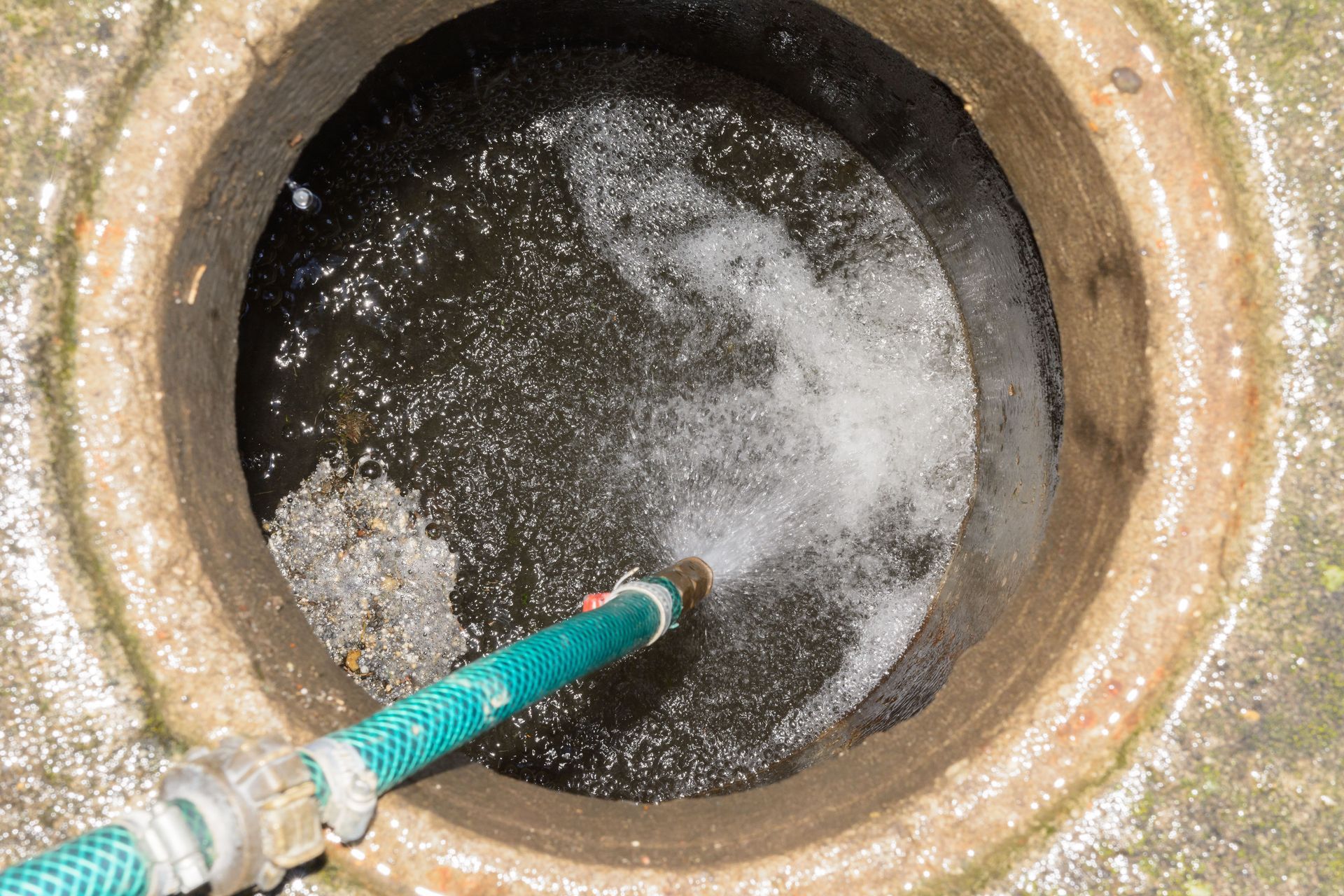
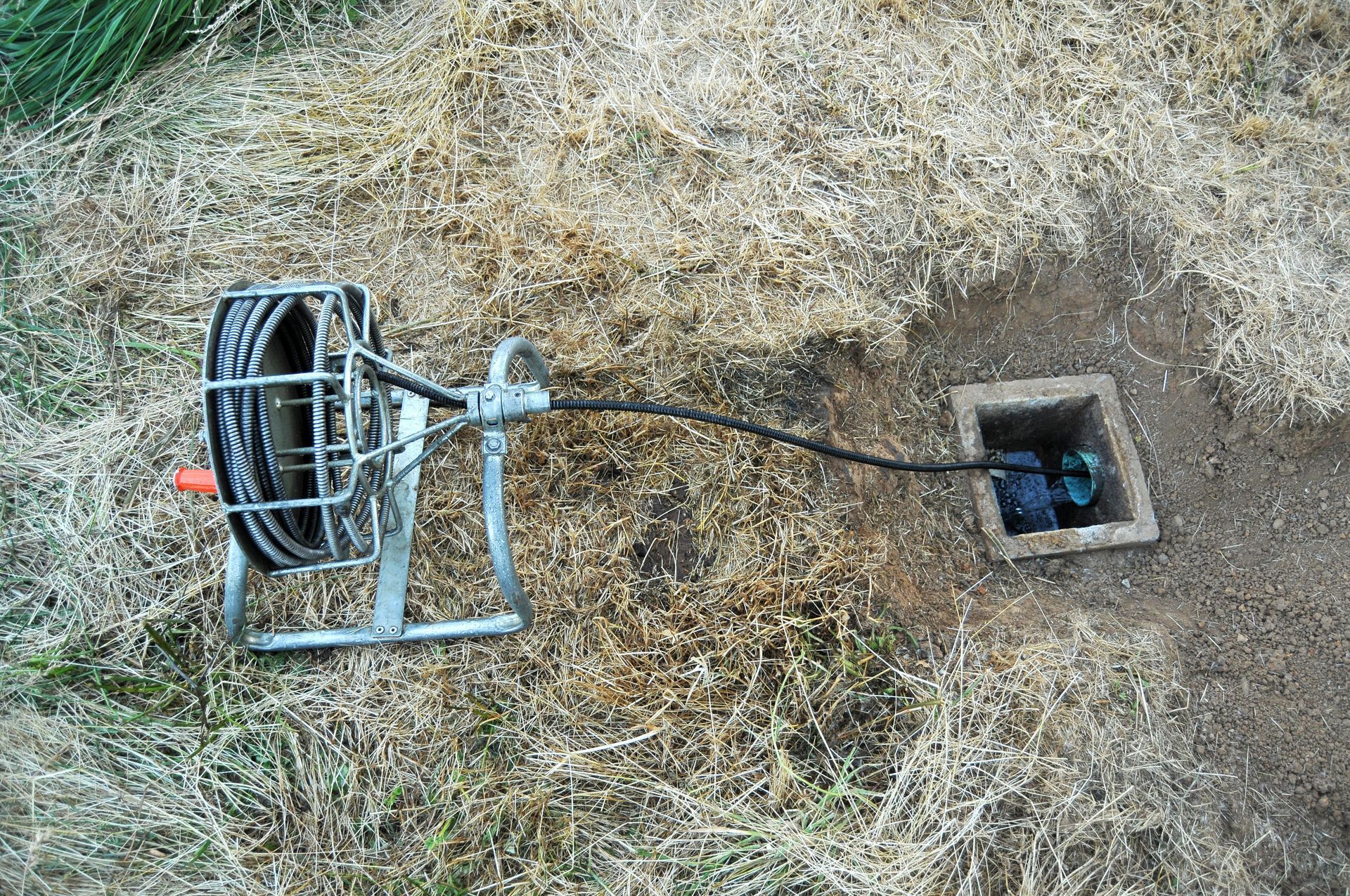
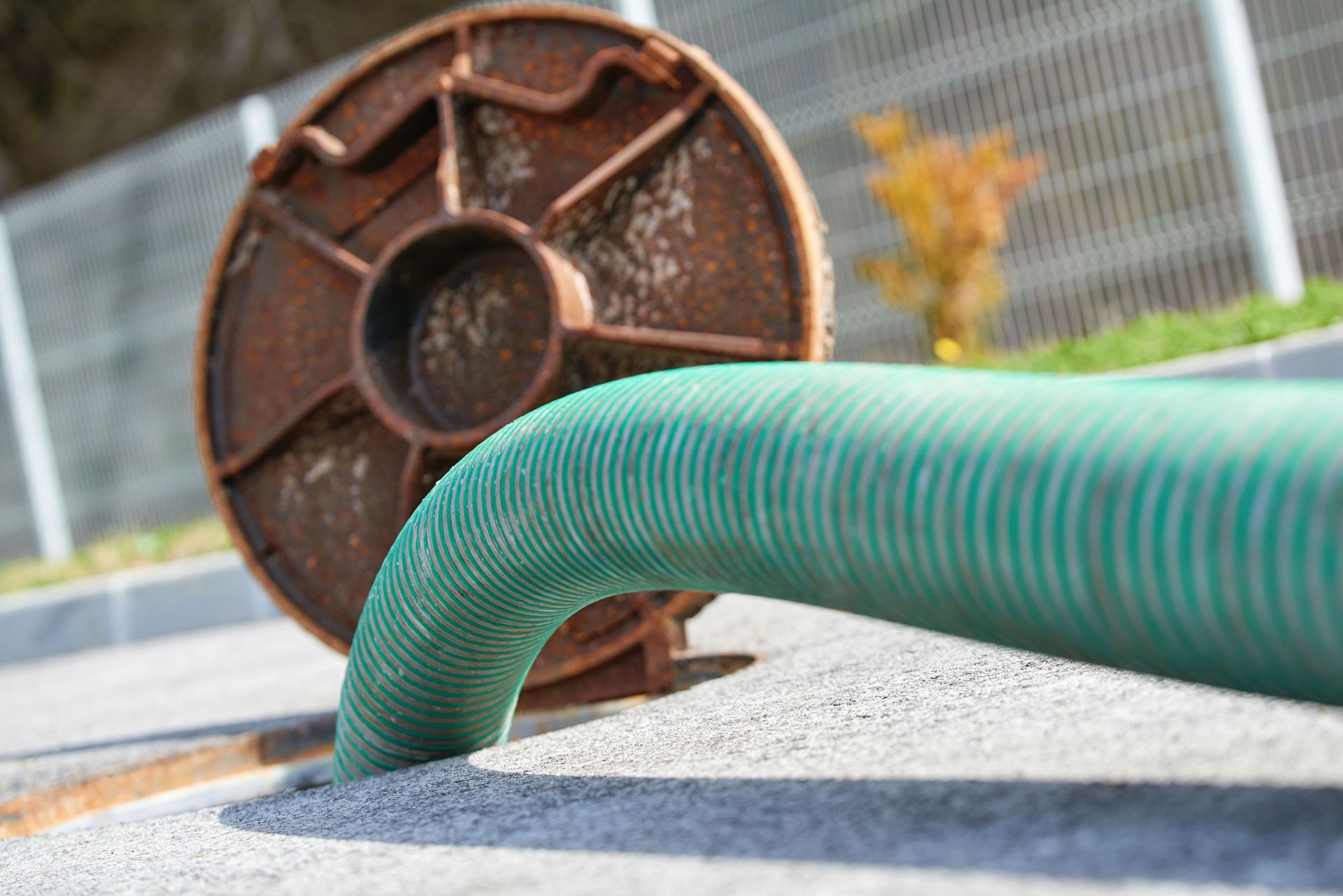
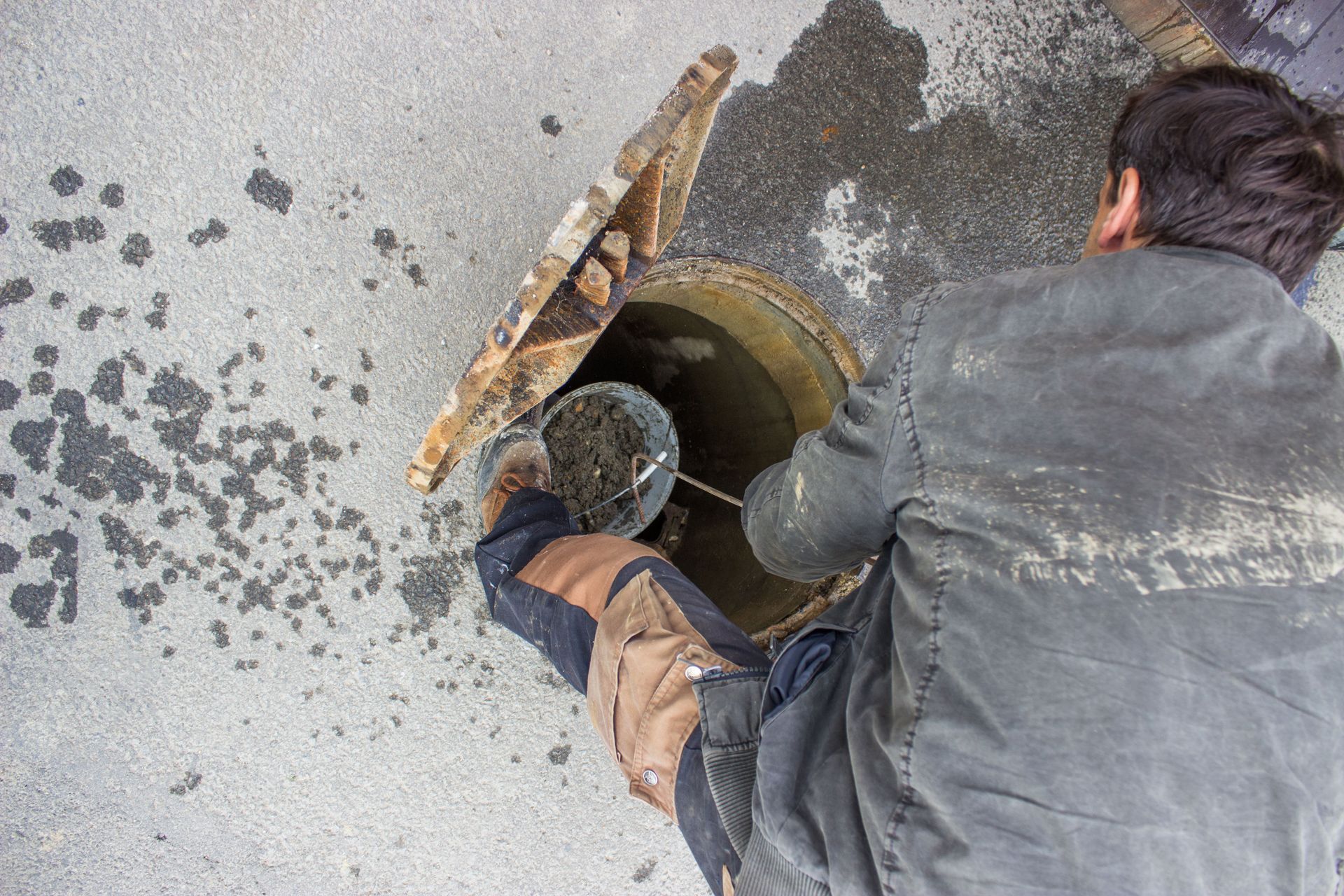
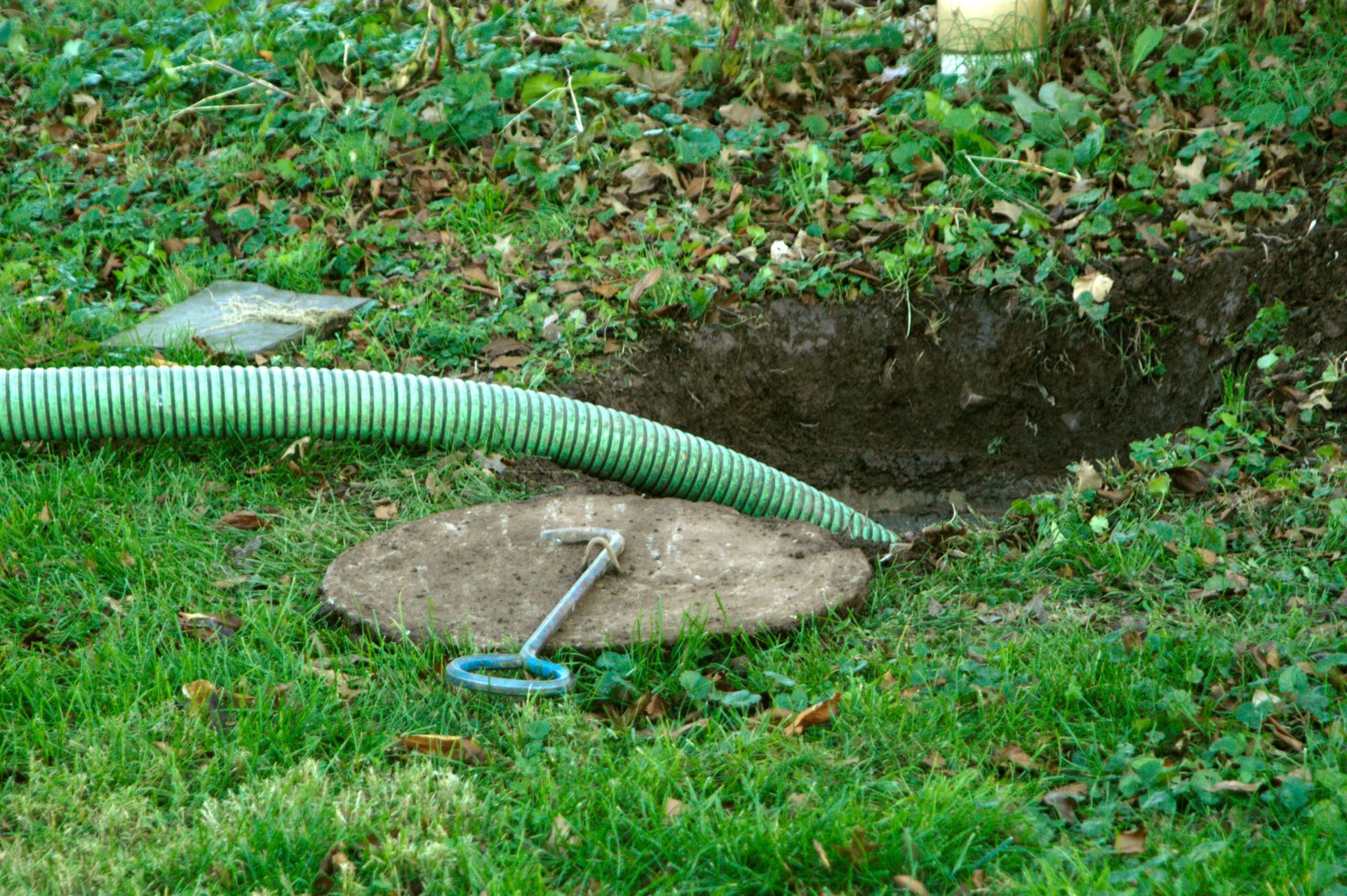

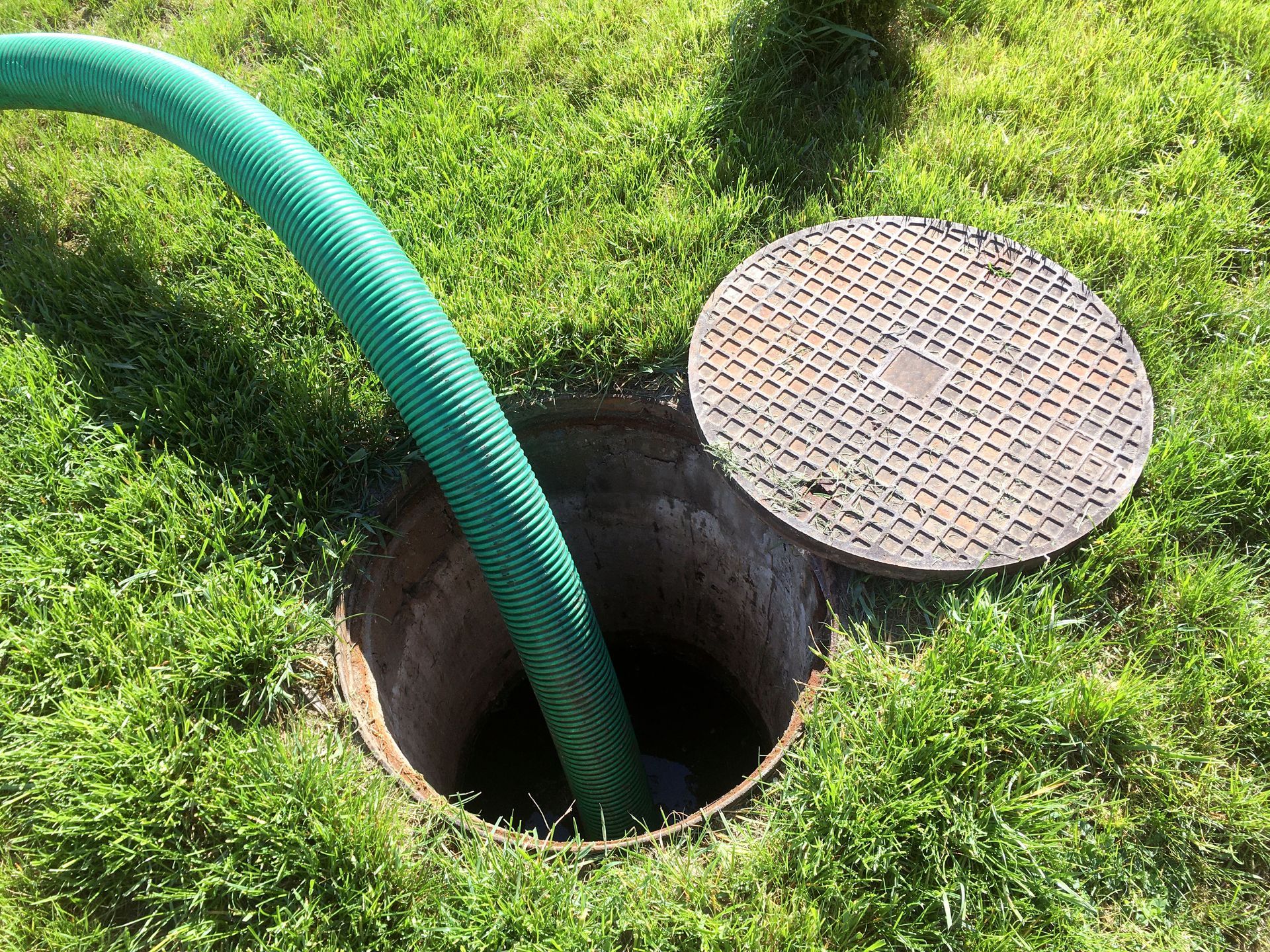
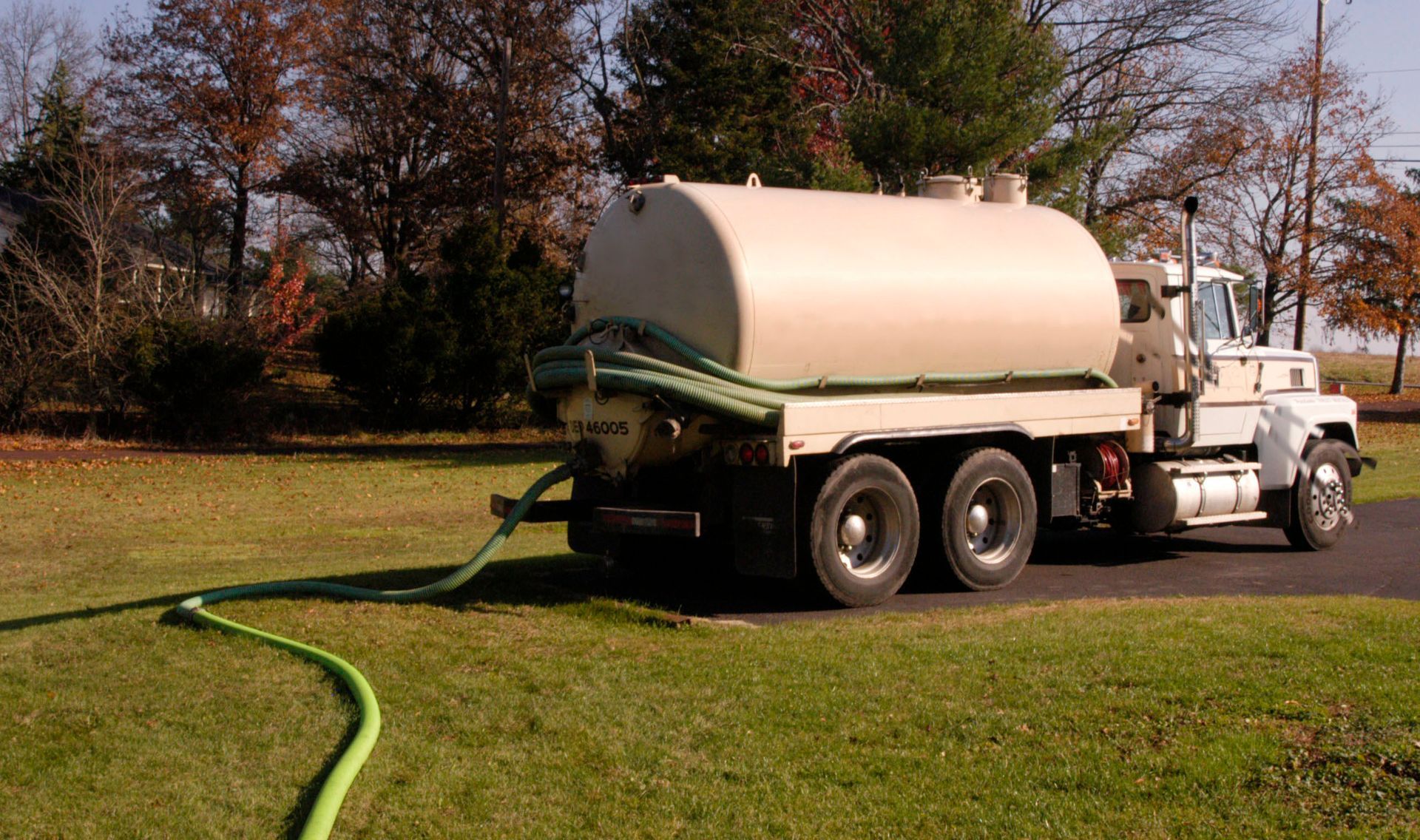
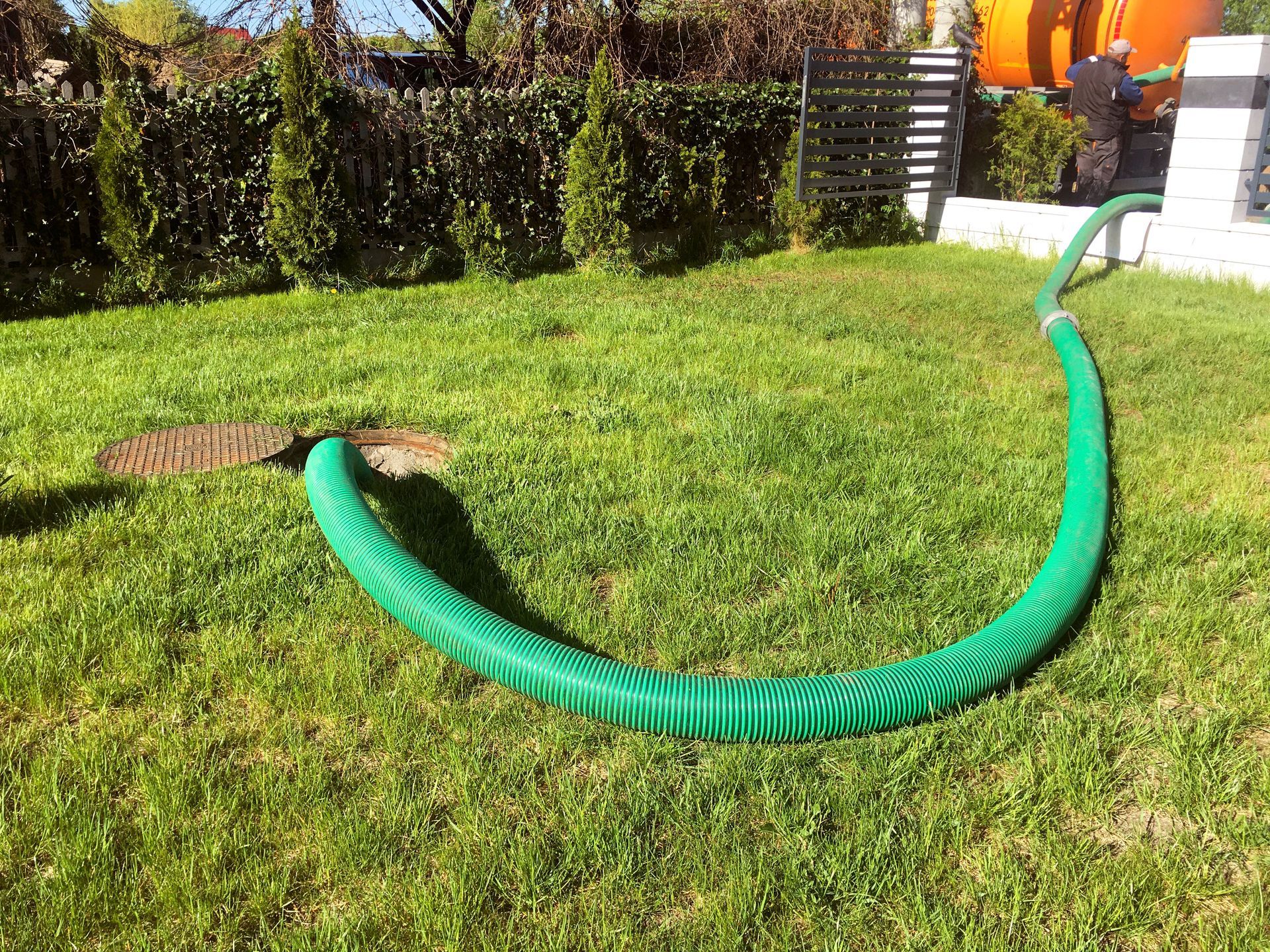
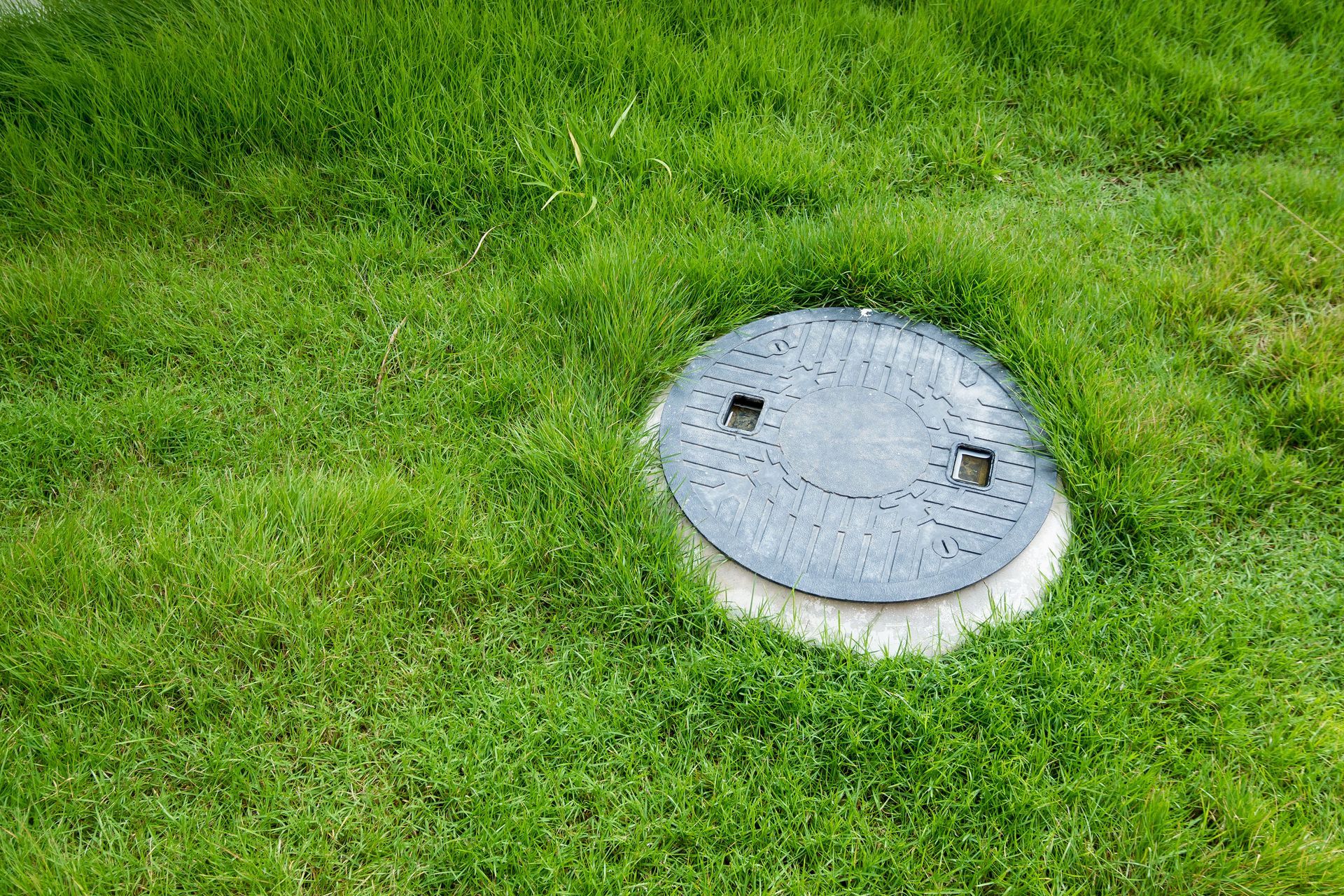
Share On: